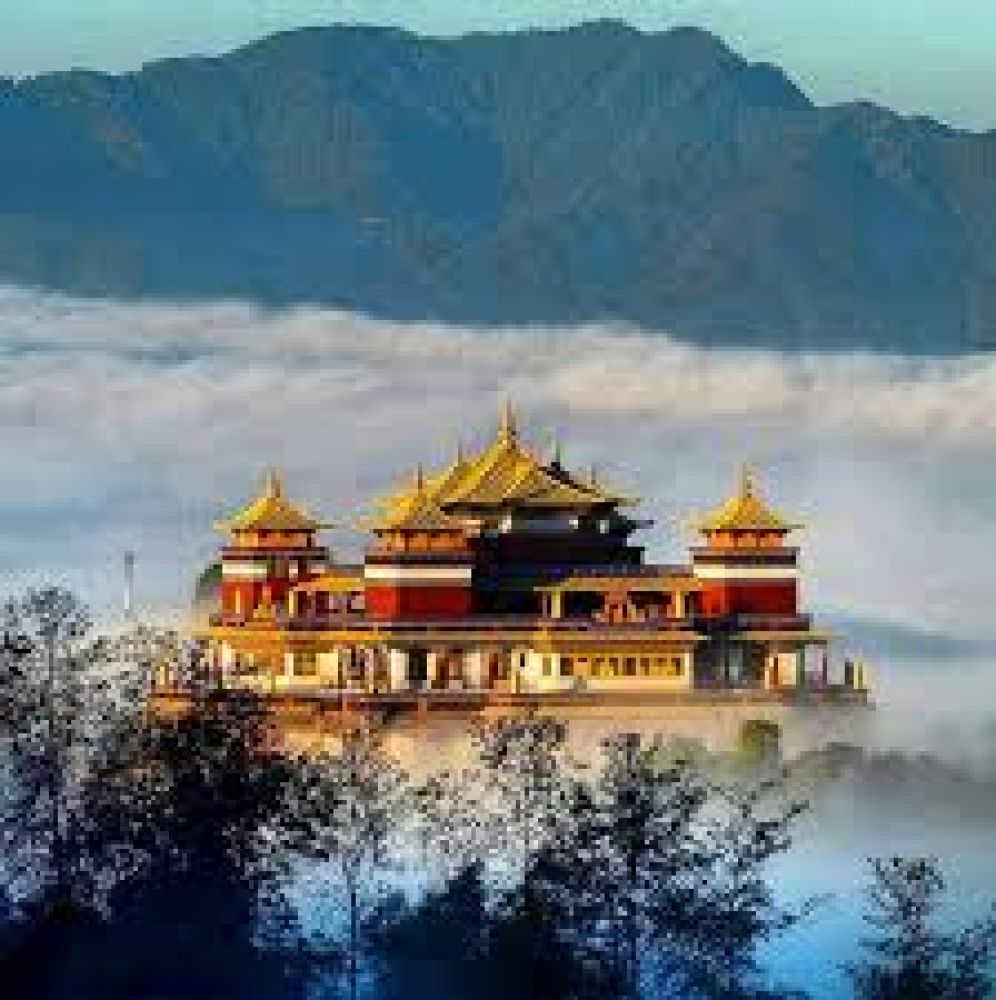

Located atop a hill not far from the bustling city of Kathmandu, Kopan Monastery stands as a serene testament to the spiritual allure that draws thousands of visitors each year. Founded in the 1970s, the monastery is a center for Tibetan Buddhism and has been pivotal in the spread of Tibetan Mahayana Buddhism around the world. The history of tourism at Kopan Monastery is intrinsically linked to its spiritual teachings and the increasing interest in Buddhist philosophy and meditation practices among Westerners.
In the early days, Kopan Monastery was a humble establishment started by Lama Thubten Yeshe and Lama Zopa Rinpoche. It wasn't long before the monastery became known as a place where foreigners could learn about Buddhism. The 1970s and 1980s saw a wave of spiritual seekers from the West, many of whom were disillusioned by the materialism of their native cultures and were seeking deeper meaning in life.
As word spread about the authentic teachings and meditative environment at Kopan Monastery, the number of visitors grew. Annual meditation courses began attracting more participants, and the monastery expanded its facilities to accommodate this new form of spiritual tourism. Visitors came not only for the teachings but also to experience the day-to-day life of the monks and the tranquil atmosphere that pervades the hilltop location.
In recent years, Kopan Monastery has become a popular destination for tourists, not simply as a pitstop but as a place for deeper exploration of the self and the Buddhist way of life. The monastery now offers a range of courses and retreats that cater to a wide spectrum of interests—from introductory sessions to advanced philosophical studies and meditation retreats.
Today, the monastery is also involved in social welfare activities such as running a school, a nunnery, and participating in various community development projects. This has added another layer of interest for tourists who are keen on responsible and sustainable travel.
The latest trend in tourism at Kopan Monastery reflects a broader trend within the tourism industry—a move towards more meaningful and experiential travel. Visitors are increasingly looking for opportunities to engage with local communities, learn from them, and contribute positively to their host destinations. The monastery's programs which blend tourism with learning and personal growth are well-aligned with this trend.
Furthermore, with increased global connectivity and the rise of digital nomadism, Kopan Monastery has started to see visitors who are blending work, travel, and spiritual discovery into one seamless lifestyle. This has led to longer stays at the monastery, with some visitors choosing to live in the vicinity for several months at a time to fully immerse themselves in the teachings and community life.
The history of tourism at Kopan Monastery tells of a gradual unfolding of Nepal's rich spiritual heritage to the world. It highlights a journey from a secluded hermitage to an internationally recognized center for Buddhist study and practice, drawing in those seeking refuge from the noise of the world and those looking for profound personal transformation. As time goes on, Kopan Monastery continues to uphold its legacy by adapting to the ever-changing needs and interests of the global spiritual community.